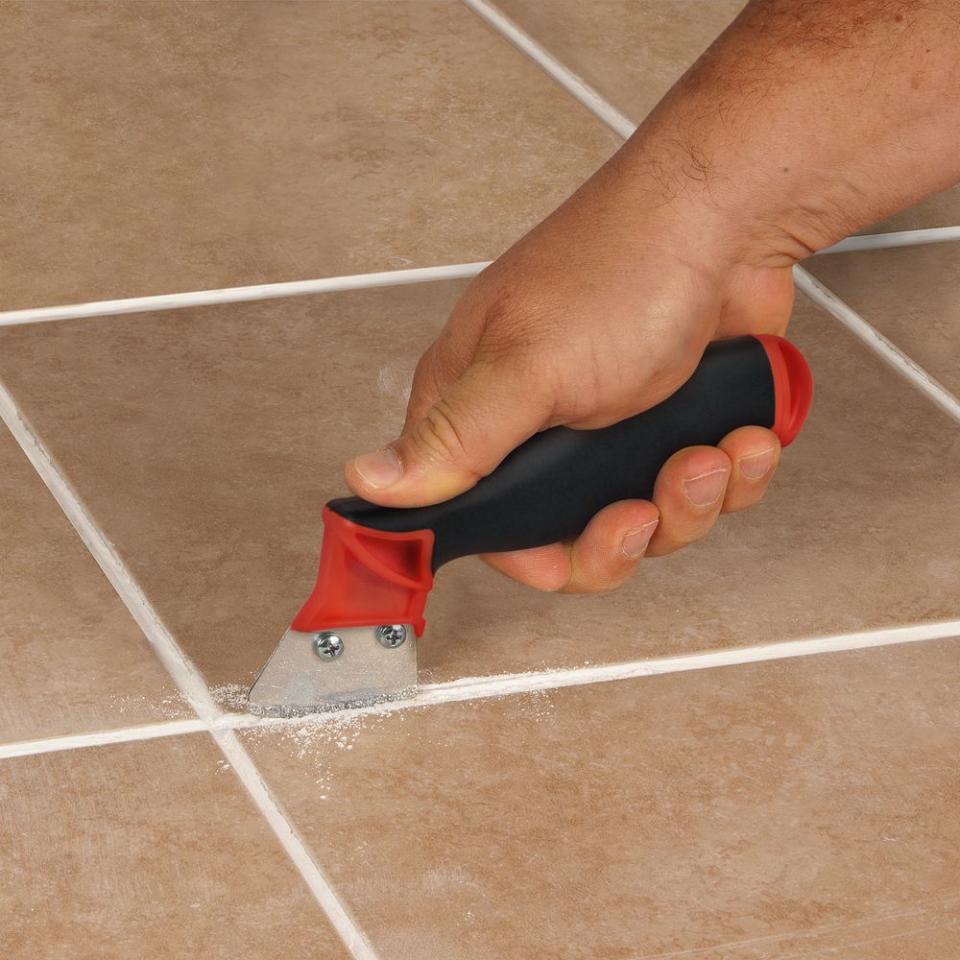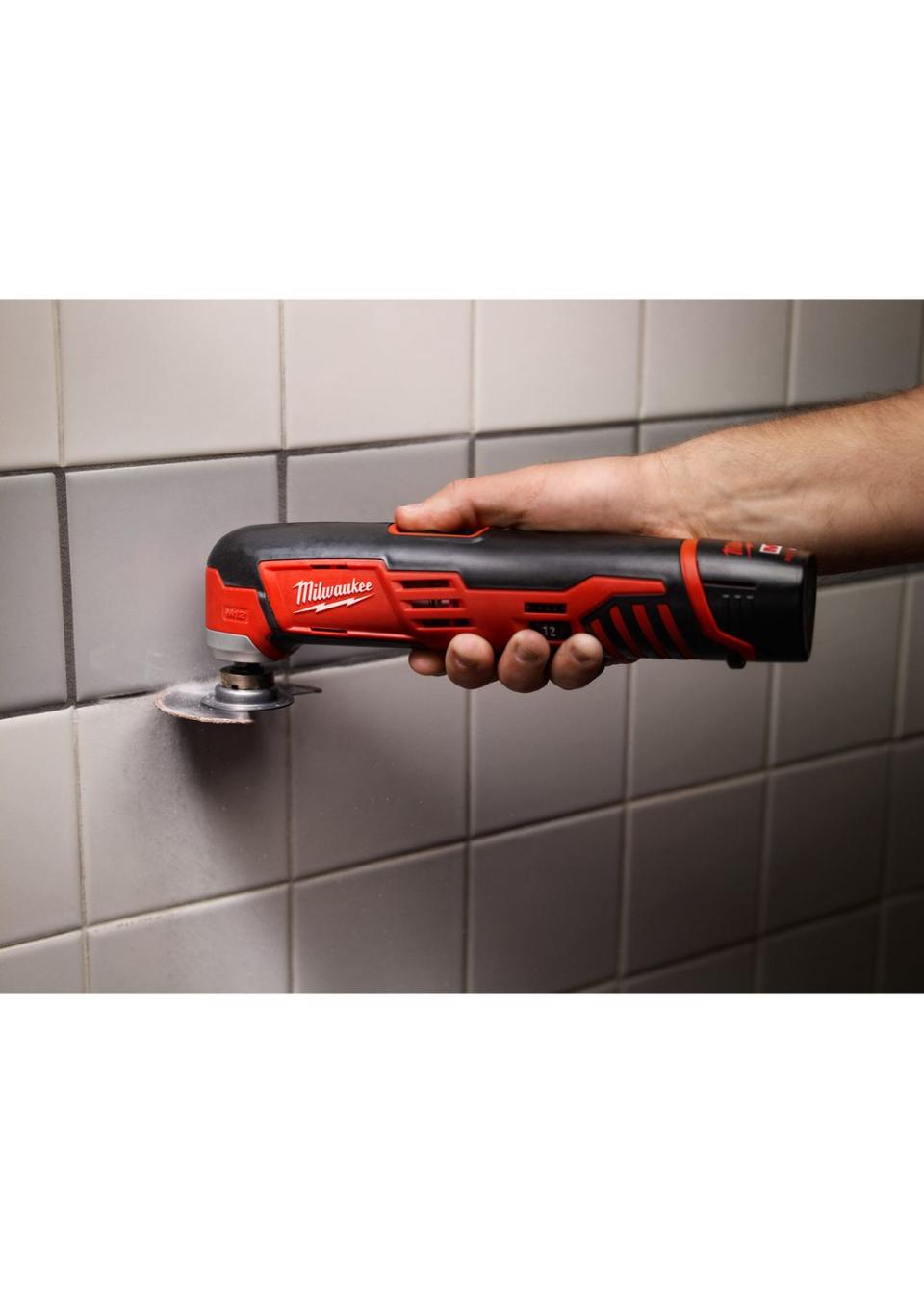How to Clean Dirty Grout
It’s no mystery why ceramic tile is so popular: It’s durable, stain-resistant, easy to clean, and impervious to water. And when properly installed, tiled surfaces last for generations. However, tile does have an Achilles heel: The grout used to fill the joints between the tiles is, by comparison, porous, relatively soft, and easily stained.
In most instances, grout can be restored to like-new condition with a good cleaning. In more extreme cases, the only solution is to re-grout the tile.
➡ You like getting your hands dirty. So do we. Let's fix something together.
The Issue: Dirt/Soap Scum
When grout is stained with dirt or soap scum, scrub it with a stiff-bristle brush, hot water, and scouring powder, such as Comet or Bar Keepers Friend. Then, rinse with clean water.
The Issue: Mildew
If the grout is mildewed or badly stained, clean it, sanitize with bleach, and then seal the grout. First, remove the soap scum, minerals, and surface contamination by applying a non-ammoniated cleaner—this ensures the bacteria is knocked out safely and effectively by the bleach. With the cleaner down, give the grout a very thorough scrubbing with warm water and a plastic brush. Rinse thoroughly and dry thoroughly. (Cleaners work more effectively on dry surfaces.)
Then, mix a 50/50 solution of oxygen bleach and water, and apply it with a sponge or pump-up sprayer. Scrub with your brush, wait ten minutes, then soak the grout with more bleach solution, and scrub again. After ten more minutes, rinse the surface with clean water and dry again. Finish by spraying a grout sealant to keep out future mildew.
The Issue: It's Out of Control
When grout is permanently stained, badly cracked, or crumbling out of the joints, you have no choice but to remove the old grout and re-grout the tiles.
For smaller jobs with ¼-inch or narrower grout joints, use a grout rake, which is a small hand tool that has a steel blade covered with super-sharp carbide grit. Simply pull the tool along the joints to “rake” out the grout, as shown below.

For larger jobs—say, more than 30 square feet—or for joints wider than ¼ inch, you need the speed and muscle of an electric grout-removal tool. There are several motorized tools available for removing grout, including grinders, rotary tools, even reciprocating saws. However, the best tool is an oscillating multitool fitted with a carbide-grit grout-removal blade.
Simply guide the semicircular blade along the joints to grind away the grout, as shown below. And because the multitool blade oscillates back and forth, and doesn’t spin at high speeds, it’s much easier to control than other tools and doesn’t spew out a cloud of dust.

Once the joints are cleaned out, use a wet/dry vacuum to clean the joints of all dust, grit, and loose debris. Then, mix up a fresh batch of tile grout (or buy premixed grout), and use a grout float to smear grout diagonally across the surface and deep into the joints.
Wait about 20 minutes, then use a large grout sponge and clean water to wipe off any excess grout. Wait an hour or so and buff the tiles with a clean, dry cloth to remove any residual grout haze. Once the grout is fully cured, apply a silicone-based sealer to increase water and stain resistance of the new grout joints.
🎥 Now Watch This:
You Might Also Like

